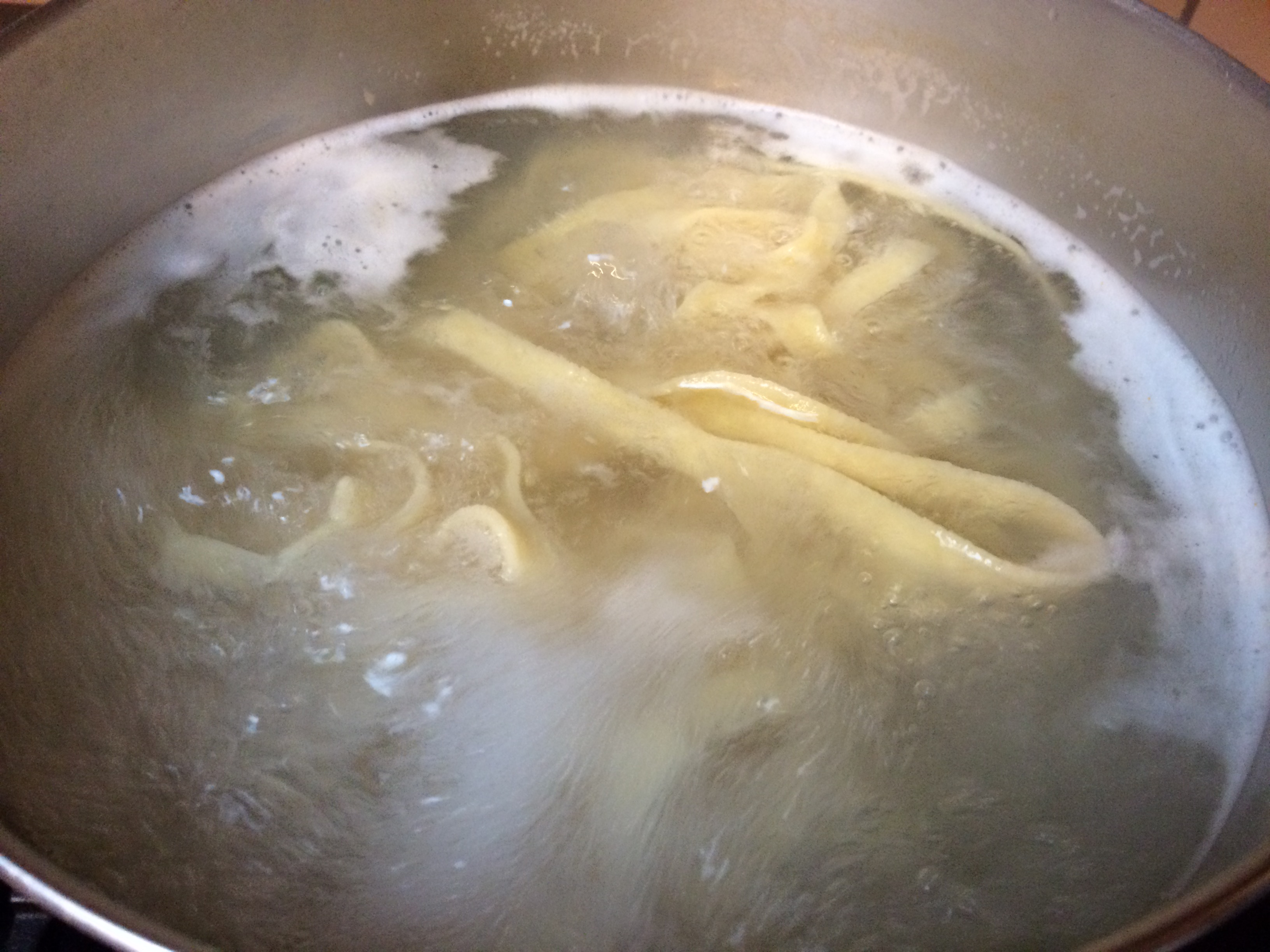|
|
|
| Food Labels |
Definition |
Recommendation |
| “Lean“ |
This is an actual FDA food label. In order for
meats, poultry and seafood to be labeled
“lean” every 100 gram serving can
contain no more than 10 grams of total fat,
including less than 4.5 grams of saturated fat
and fewer than 95 milligrams of cholesterol.
|
Go for “extra lean” if you if
you’re cutting back on fat, since
“lean” has twice as much fat.
|
|
“Extra Lean“
|
This is an actual FDA food label with a strict
requirement. In order for meats, poultry and
seafood to be labeled “extra lean”
every 100 gram serving must contain less than
5 grams of total fat, including less than 2
grams of saturated fat and fewer than 95
milligrams of cholesterol.
|
Go for “extra lean” if you if
you’re cutting back on fat, since
“lean” has twice as much fat.
|
| “Light“ |
A food using this distinction, must be lighter
in some way. That’s right, the FDA does
not strictly define this term.
“Light” can be used if the product
has fewer calories, but also if the product is
lighter in flavor, texture or color than the
original product. For instance, light corn
syrup refers only to the color of the syrup
– both light and regular have the same
number of calories!
|
Read the Nutrition Label. If you are looking
for fewer calories you can compare them to the
original. Also, beware of the price
label… “light” versions
quite often carry a “heavier”
price tag!
|
|
“Low Calorie“
|
A “low calorie” food gives you 40
calories or less per serving. This is strictly
defined by the FDA.
|
Look for “low calorie” as opposed
to “light” when counting calories,
but beware that serving sizes can vary with
products.
|
| “Low Fat“ |
A food must contain less than 3 grams of fat
per serving to carry the “low fat”
label per the FDA.
|
Low fat is usually better, but not always.
|
|
“Reduced Fat“
|
In order to be labeled “reduced
fat” the food must contain at least 25%
less fat than the original product.
|
Read the nutrition facts label. Often,
companies will substitute potentially less
desirable things for the fat. For instance,
“reduced fat” peanut butter
contains more sodium and sugar than the
regular product in order add back flavor.
|
|
“99 Percent Fat-Free“
|
This term is misleading because if deals with
the weight of the food. So, if the food weighs
100 grams, then one gram comes from fat. Every
gram of fat contains 9 calories.
|
Depending on the serving size, you could be
consuming more fat calories than first
imagined.
|
|
“High”, “Rich In”,
or “Excellent Source Of”
|
20% or more of the Daily Recommended Value of
the referenced item is contained in the
product.
|
If it’s a nutrient you need more of,
this could be useful.
|
|
“Good Source”,
“Contains” or
“Provides”
|
10-19% of the Daily Recommended Value of that
item is contained in the product.
|
“High” beats “Good”.
|
|
“Multigrain“
|
This means that the product contains two or
more grains.
|
Be careful – many multigrain products
are “refined grains” which are
milled. Milling removes the nutrient-rich and
fiber-rich parts during processing! Look for
“whole grains” in the ingredient
list.
|
|
“Whole Grain“
|
This means that the product contains the
entire grain, including the nutrient-rich and
fiber-rich coverings.
|
Look for “whole” grains, like
“whole wheat” or “whole
oats”, as one of the first items in the
ingredients list. Look for this whole grain
icon:

|
| “Natural“ |
For meats, poultry and eggs: the product must
not contain any artificial ingredients or
added color and is only processed in order to
preserve it, make it safe or separate it into
parts. For any other product (besides meats
and eggs) there is NO regulation on the word
“natural”.
|
“Natural” does not necessarily
mean “good for you”. For instance,
meats & eggs can contain additives and
flavor enhancers and other foods can contain
unhealthy preservatives or other ingredients.
|
|
“Reduced Sugar“
|
The product contains 25% less sugar than the
original product.
|
If you need to limit your sugar intake, then
you might want to reach for these products.
|
|
“Low Sugar“
|
This term is not regulated, so it can mean
anything.
|
Check the nutrition facts label to determine
the amount of sugar.
|
|
“No Sugar Added“
|
No sugar was added during the preparation
process of the product.
|
This product is not necessarily low in sugar.
Check the nutrition label and remember that
sugar can go by many names (including syrup,
sweeteners and most items ending in
“ose”). The American Heart
Association recommends a daily maximum of 24
grams of sugar.
|
|
“Made With Real Fruit“
|
This doesn’t necessarily mean
“whole fruit” – it can be
fruit extract or juice which contains more
sugar and less nutrients than whole fruit.
Also, there is no rule as to how much fruit
must be in the product.
|
Check the ingredient list. Since ingredients
are listed in the order of volume, if fruit
isn’t one of the first few ingredients
then there probably isn’t much fruit in
the product.
|
|
“Trans-fat Free“
|
This label is has a loophole and products may
still contain small amounts of dangerous trans
fat.
|
Check the ingredient list. If the term
“partially hydrogenated” is used,
it’s an indicator of trans fats lurk
within.
|











